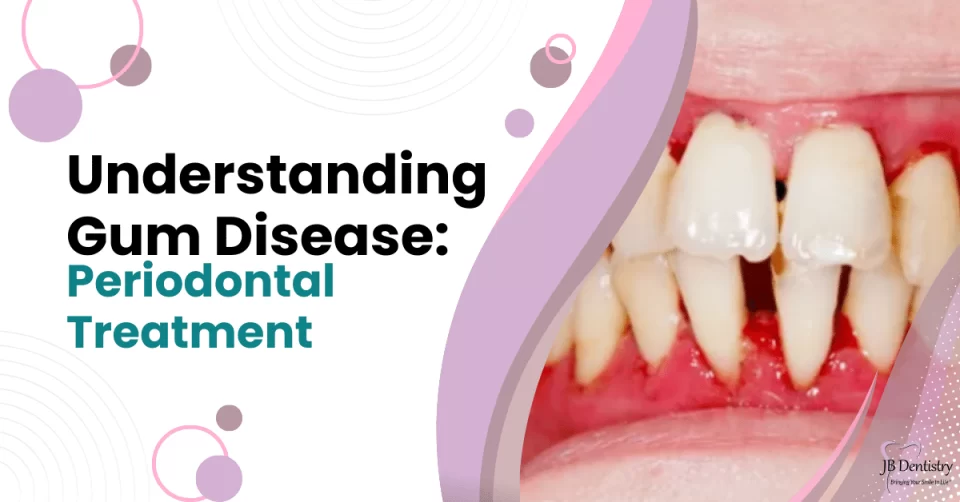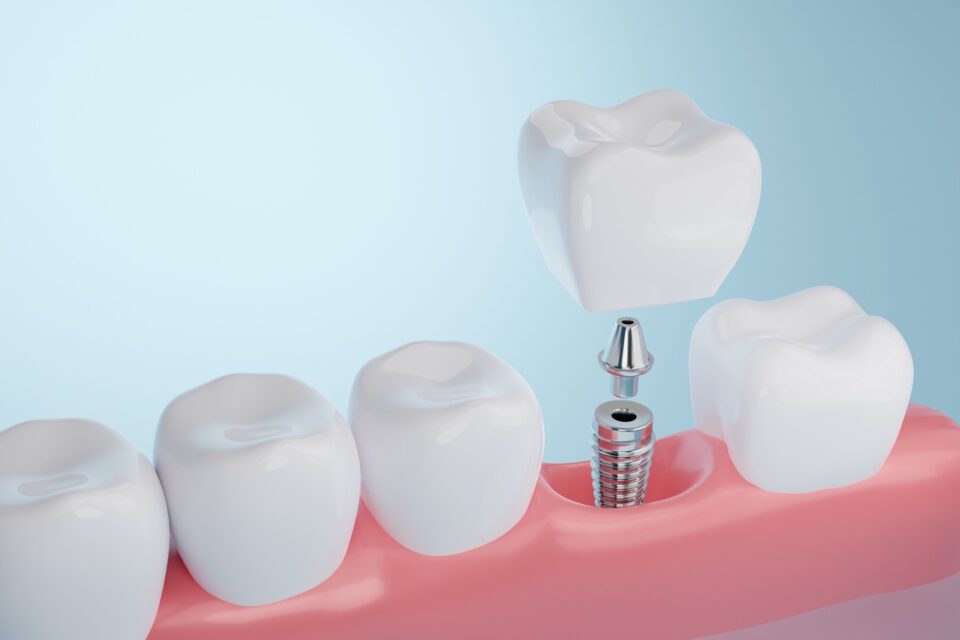Cosmetic dentistry has evolved significantly, providing innovative solutions to enhance your smile. However, achieving that perfect smile often involves various procedures that may require anesthesia.
Understanding the types of anesthesia used, their duration, potential risks, and how to prepare can ensure a smoother and more comfortable experience. Here’s a comprehensive guide on what to expect with anesthesia in cosmetic dentistry and how to avoid complications.
What Types Of Anesthesia Are Used In Cosmetic Dentistry Procedures?
In cosmetic dentistry, several types of anesthesia are used to ensure patient comfort during procedures. The choice of anesthesia depends on the complexity of the procedure, the patient’s comfort level, and the specific requirements of the treatment. Here are the most common types:
- Local Anesthesia: This is the most frequently used type in cosmetic dentistry. Local anesthesia involves injecting a numbing agent directly into the area around the teeth and gums. You can be awake and attentive as this numbs just the area that needs it. It is commonly used for procedures such as dental bonding, veneers, and minor tooth repairs.
- Sedation Anesthesia: For more extensive procedures or for patients with dental anxiety, sedation anesthesia may be used. This type of anesthesia can range from mild sedation (where you are relaxed but fully conscious) to deep sedation (where you are semi-conscious). Oral sedatives, nitrous oxide (laughing gas), or intravenous (IV) sedation are typical methods used. Sedation helps in reducing anxiety and makes the experience more comfortable.
- General Anesthesia: Though less common in cosmetic dentistry, general anesthesia may be employed for major surgical procedures or for patients with severe dental phobia. Under general anesthesia, you are completely unconscious and do not feel any pain. This type is usually reserved for complex procedures and requires careful monitoring.
How Long Does Anesthesia Last After A Cosmetic Dental Treatment?
The duration of anesthesia effects varies depending on the type used and the individual’s metabolism. Here’s a breakdown:
- Local Anesthesia: The numbing effect from local anesthesia typically lasts between 1 to 3 hours. The exact duration depends on the type of anesthetic used and the area treated. As the anesthesia wears off, you may experience some residual numbness, which should gradually subside. It is essential to avoid eating or drinking hot liquids until the numbness completely fades to prevent accidental burns or injuries.
- Sedation Anesthesia: For sedation anesthesia, the effects can last several hours after the procedure. Patients often feel groggy or drowsy and may require someone to drive them home. The sedation wears off gradually, and it’s crucial to rest and avoid strenuous activities for the rest of the day.
- General Anesthesia: The effects of general anesthesia can last longer, sometimes up to 24 hours. Patients typically need more time to recover fully and may experience some post-anesthesia grogginess. It’s important to follow your dentist’s post-procedure care instructions and avoid making important decisions or operating machinery until you feel fully alert.
Are There Risks Associated With Anesthesia In Cosmetic Dentistry?
Although anesthesia is typically well-tolerated, it is not without its share of hazards and difficulties. Understanding these risks can help you be better prepared:
- Allergic Reactions: Anesthetic agents can cause allergic responses in some people. Before the operation, let your dentist know whether you have any known drug sensitivities or negative reactions.
- Over-sedation: With sedation anesthesia, there’s a risk of over-sedation, especially if not administered correctly. This can lead to excessive drowsiness, difficulty waking, or respiratory issues. Ensure that your dental team is well-trained and monitors you closely during the procedure.
- Nerve Damage: Although rare, there’s a slight risk of nerve damage from local anesthesia injections. This can result in prolonged numbness or tingling in the treated area. Discuss any concerns with your dentist to understand the measures they take to minimize this risk.
- Interaction with Medications: Anesthesia can interact with certain medications or health conditions. For the sake of your oral health, it is imperative that you inform your dentist of any and all drugs you are taking as well as any preexisting illnesses.
How Can Patients Prepare For Anesthesia In Cosmetic Dental Procedures?
Proper preparation can significantly reduce the risk of complications and enhance your overall experience. Here are some essential tips:
- Consult Your Dentist: Have a thorough discussion with your dentist about the anesthesia options available for your procedure. Address any concerns or questions you have about the type of anesthesia and its effects.
- Follow Pre-Procedure Instructions: Adhere to any pre-procedure instructions given by your dentist. This may include fasting before sedation or general anesthesia, avoiding certain medications, or arranging for transportation home if sedation or general anesthesia is used.
- Arrange for Post-Procedure Care: If you’re undergoing sedation or general anesthesia, arrange for someone to drive you home and help with any post-procedure needs. Plan to rest and avoid any strenuous activities for the remainder of the day.
- Notify About Health Conditions: Inform your dentist about any medical conditions, allergies, or medications you are taking. This information helps your dental team tailor the anesthesia plan to your specific needs and reduce the risk of adverse reactions.
- Hydrate and Eat Lightly: If instructed, make sure to hydrate and eat a light meal before your procedure, especially if you’re undergoing sedation. This can help maintain your comfort and stability during the procedure.
By understanding the types of anesthesia used, their duration, associated risks, and how to prepare, you can ensure a smoother and more comfortable cosmetic dental experience. Always communicate openly with your dentist and follow their guidelines to achieve the best results with minimal complications.
FAQs About Service Costs
1. How much do cosmetic dental procedures typically cost?
The cost of cosmetic dental procedures can vary widely depending on the type of treatment, its complexity, and the materials used. For instance, teeth whitening might be more affordable compared to dental veneers or full smile makeovers. During your consultation at JBDentistry, we will provide a detailed cost estimate based on your specific needs and treatment plan.
2. Are there financing options available for cosmetic dental treatments?
Yes, we offer various financing options to make cosmetic dentistry more accessible. We work with several financial institutions to provide flexible payment plans that fit your budget. Our team will help you explore these options during your consultation to find the best solution for you.
3. Does insurance cover cosmetic dental procedures?
Insurance coverage for cosmetic dental procedures varies depending on your policy. Some insurance plans may cover part of the cost if the procedure has a functional benefit, while others may not. Our team can help you understand your insurance benefits and assist you with any claims or paperwork.
4. Are there any additional costs associated with cosmetic dental treatments?
Additional costs may include follow-up visits, maintenance, or potential adjustments. We will go over all of the anticipated costs with you and address any possible extra charges at your initial appointment.
Unlock the Secrets to Your Best Smile Ever!
If you’re ready to enhance your smile with expert cosmetic dentistry, contact Jaline Bocuzzi, DMD, PA // JBDentistry today. Our team is here to answer your questions, provide personalized treatment options, and guide you through every step of your journey to a beautiful smile. Call us or visit our website to schedule your consultation. Let us help you achieve the smile you’ve always dreamed of!


